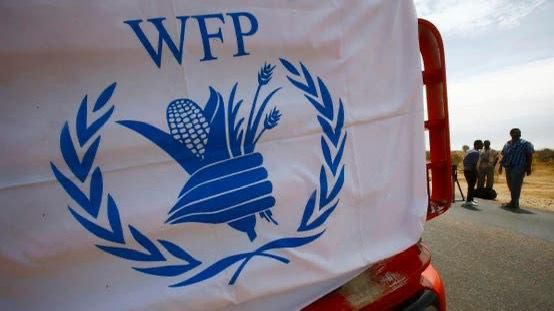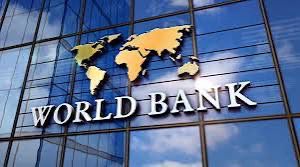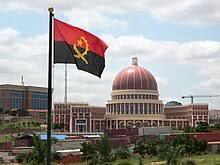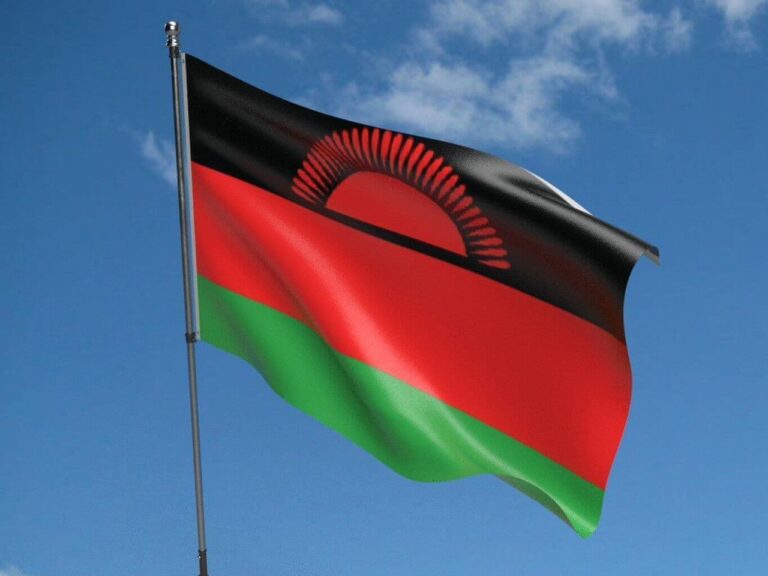By: ThinkBusiness Africa
The World Food Programme (WFP) issued a dire and unprecedented warning on Tuesday, projecting that nearly 35 million people in Nigeria could face severe food insecurity by the 2026 lean season. This staggering figure, the highest ever recorded in the nation’s history, is driven overwhelmingly by escalating violence and persistent conflict across Nigeria’s northern states.
A surge in attacks by various armed groups, including the long-running insurgency in the Northeast (Borno, Adamawa, and Yobe states) and a spiral of banditry, kidnapping, and communal clashes in the Northwest and North-Central regions, has paralyzed agriculture.
This Widespread attacks have deterred rural farming communities from accessing and cultivating their land, crippling local food production in Nigeria’s key agricultural belts.
In 2025 Nigeria has been faced with high security threats: recently, ISWAP fighters killed a brigadier-general in the northeast, while 51 school children were kidnapped by terrorists in Niger state (Northern Nigeria); and 38 Christian worshippers were abducted by bandits from a church in Kwara state (Western Nigeria). All happened last week.
The WFP predicts that at least 15,000 people in Borno state—the epicenter of the security crisis—will confront Catastrophe (CH Phase 5), which represents famine-like conditions, during the 2026 lean season.

David Stevenson, WFP Nigeria Country Director, warned that if hunger is not contained, “growing desperation could fuel increased instability with insurgent groups exploiting hunger to expand their influence, creating a security threat that extends across West Africa and beyond.” He said.
Despite marginal easing in some areas, the cost of living remains cripplingly high. Rising transportation costs, a volatile Naira exchange rate, and elevated prices for essential agricultural inputs like fertilizer continue to strain household purchasing power and reduce access to nutritious diets. Many households are maintaining acceptable food consumption by reducing meal quality, reducing meal quantity, or borrowing money.
The crisis is being severely compounded by a lack of international funding. The WFP urgently warned it will run out of resources for emergency food and nutrition assistance by December of this year.
This funding cliff will leave the nearly one million people in the Northeast who rely on WFP aid without vital support in 2026. Prior funding shortfalls already forced the agency to scale down nutrition programs in July, affecting over 300,000 children.
The WFP’s biggest donor, the United States, has slashed its foreign aid under President Donald Trump, and other major nations have also made or announced cuts in assistance.

In areas where clinics were forced to close due to these cuts, malnutrition rates in children worsened from “serious” to “critical” in the third quarter. Children in Borno, Sokoto, Yobe, and Zamfara are the most vulnerable to acute malnutrition.












